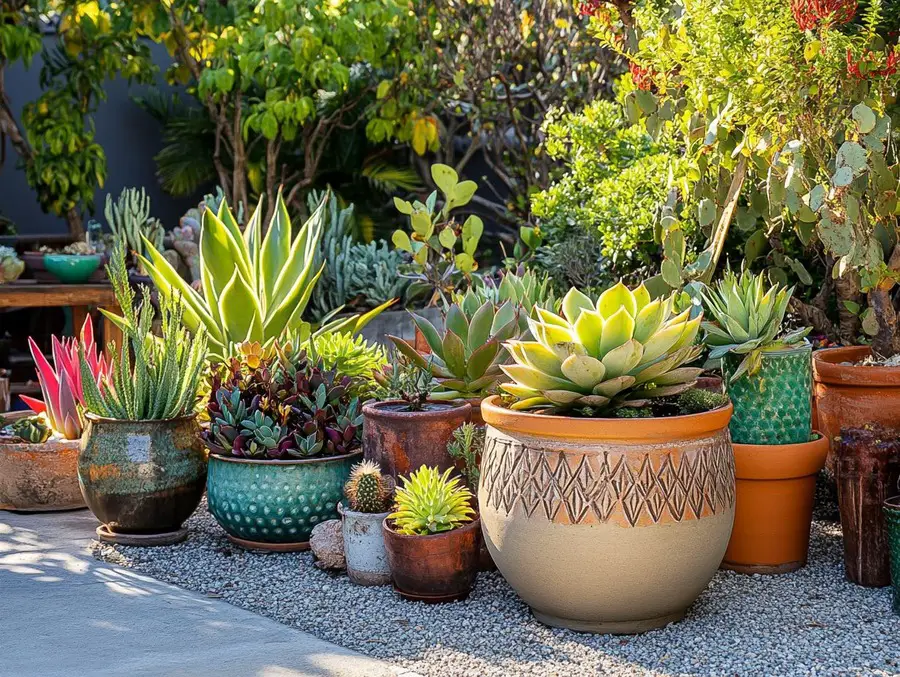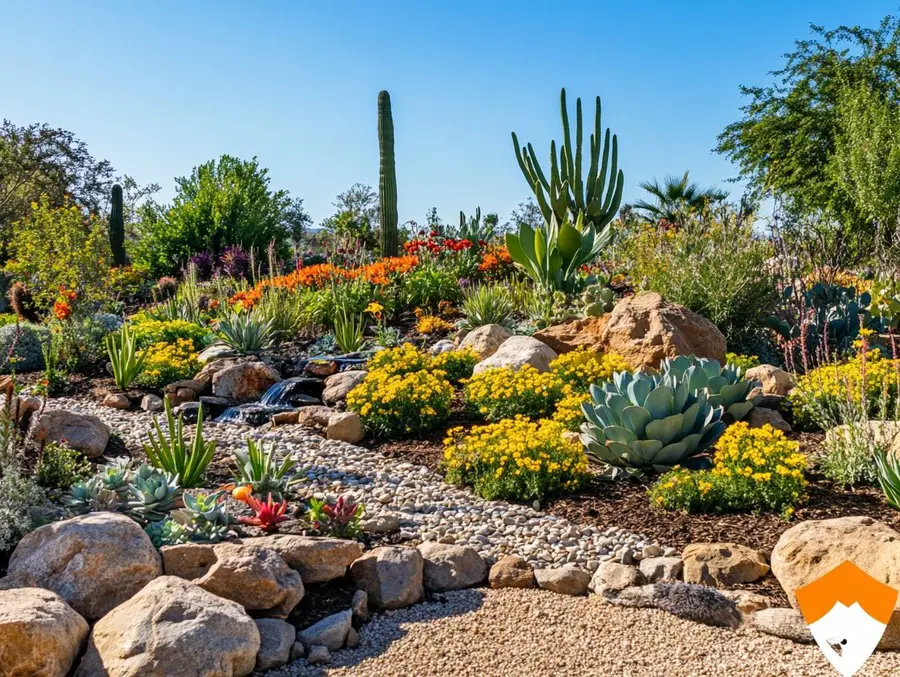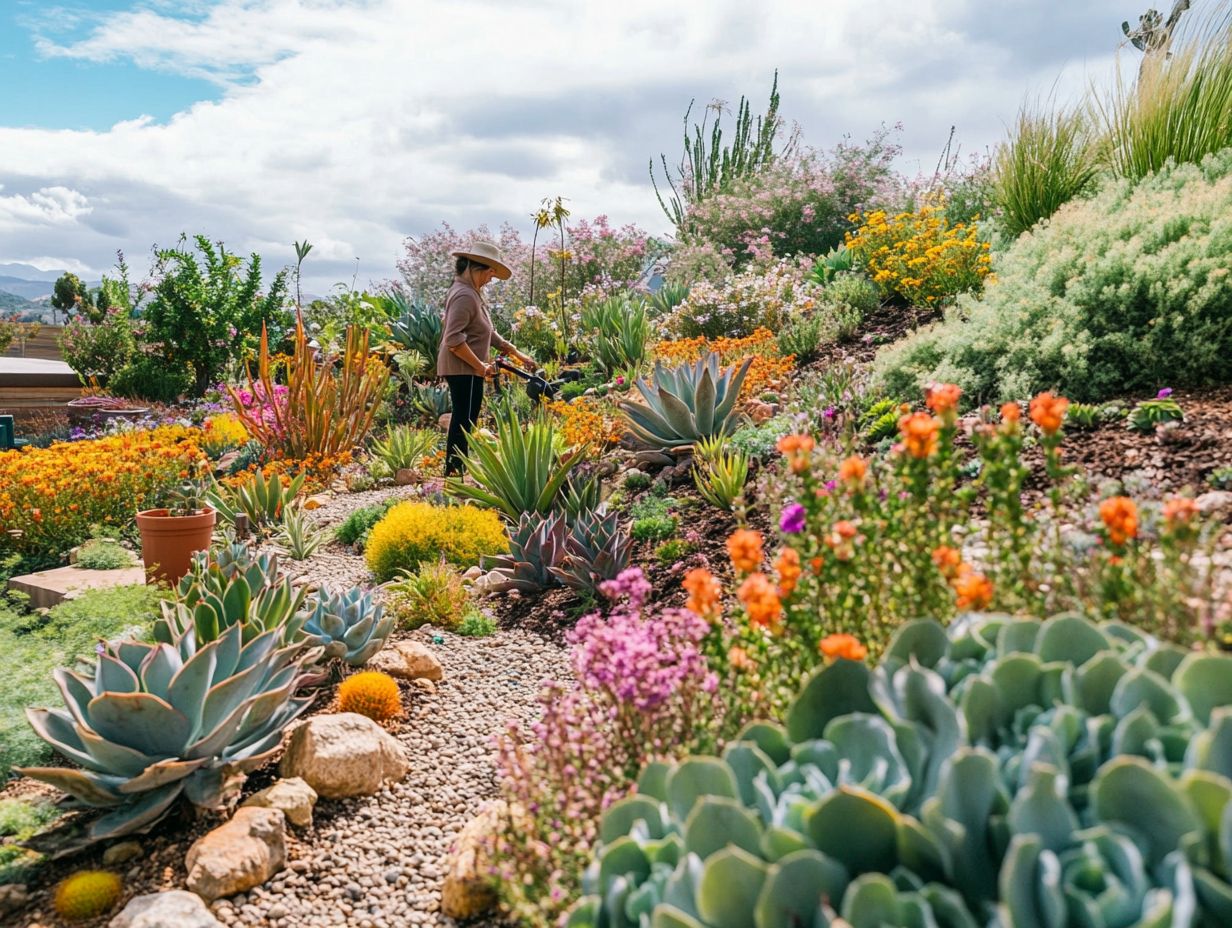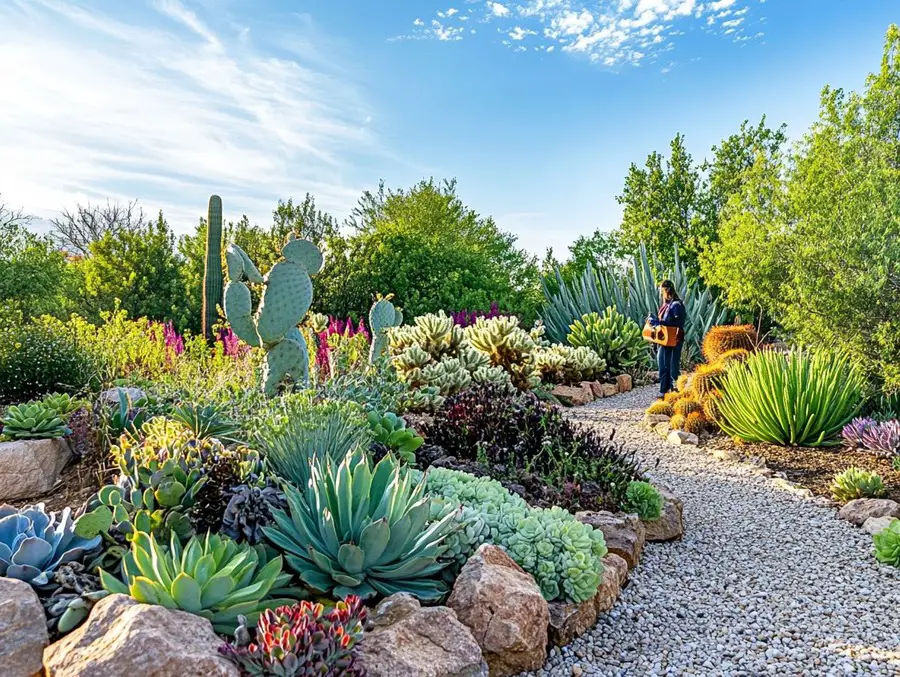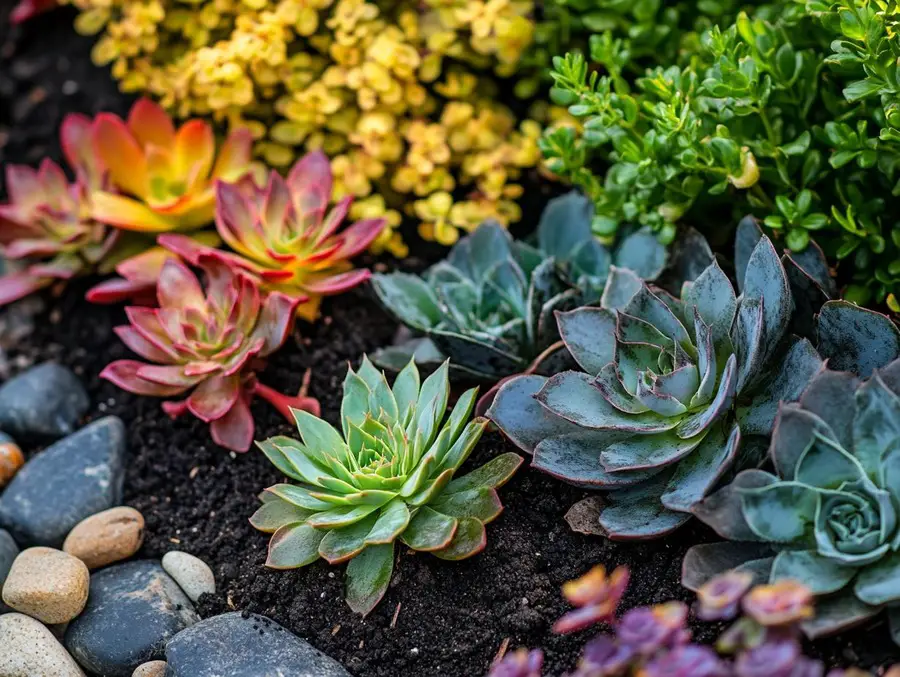We use affiliate links. If you purchase something using one of these links, we may receive compensation or commission.
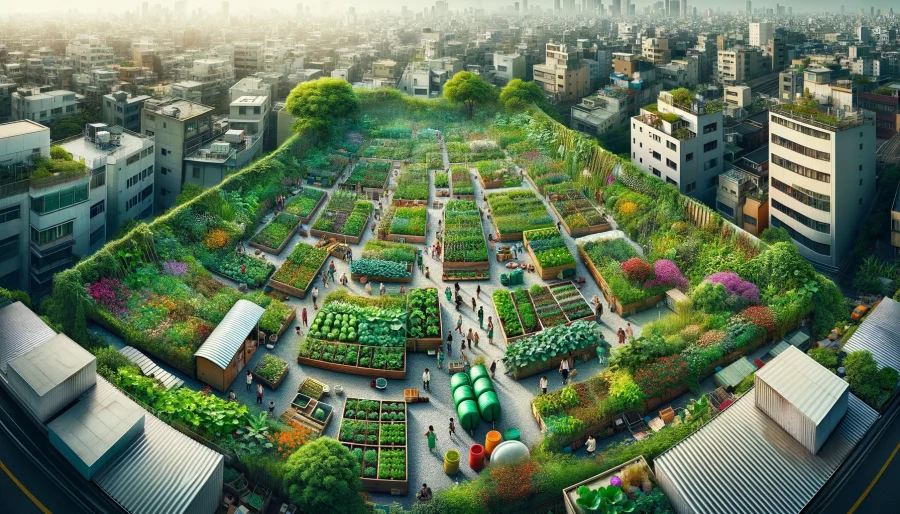
Sustainable community gardens are more than just places to grow food—they’re hubs for community connection and environmental care.
These gardens bring neighbors together to cultivate fresh produce while promoting sustainable practices in urban settings.
Key Takeaways
- Sustainable Community Gardens enhance urban areas by growing fresh produce and promoting environmental care.
- They foster community ties and support biodiversity, making cities greener and more sustainable.
Sustainable Community Gardens: A Green Revolution
Section 1: Understanding Sustainable Community Gardens
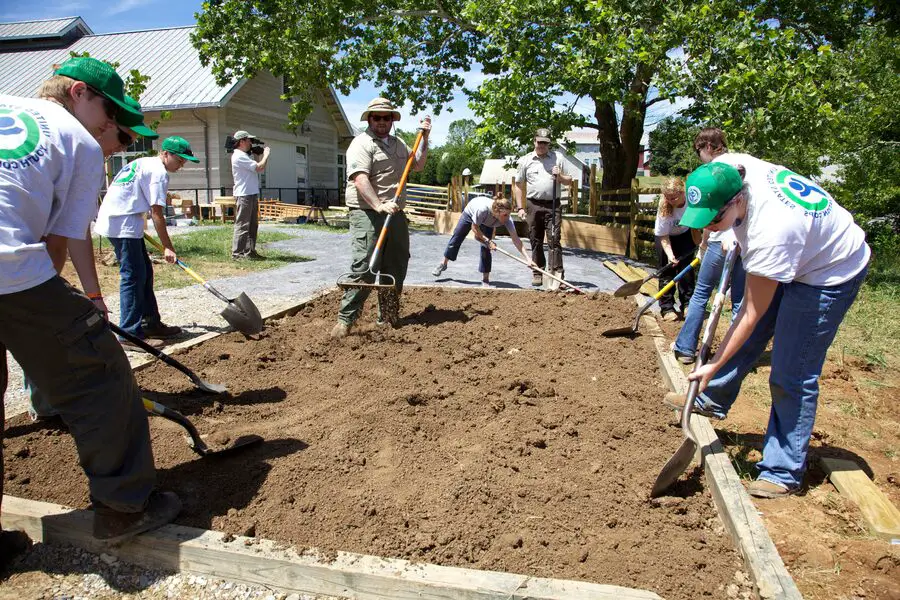
What is a Sustainable Community Garden?
Sustainable community gardens are more than spots of green in urban jungles; they are dynamic spaces where community and sustainability thrive hand in hand.
These gardens use environmentally sound practices to grow food, support local ecosystems, and strengthen community bonds.
Definition and Key Characteristics:
A sustainable community garden emphasizes practices that do not harm the environment, focusing on long-term sustainability rather than immediate benefits.
These gardens integrate methods that support ecological balance and conserve resources.
Key characteristics include the use of native plant species, organic gardening techniques, and systems that recycle resources like water and organic waste.
Examples:
- Historic Bethabara Park: This garden in North Carolina is a shining example of historical and sustainable gardening. It has been active since 1759, making it the oldest community garden in the U.S.
- 462 Halsey Community Garden: Nestled in Brooklyn, New York, this garden is a modern example of community and sustainability working in sync. It uses communal spaces to foster neighborly ties and educate residents about sustainable urban agriculture.
Principles of Sustainability in Community Gardens:

Use of Organic Practices and Integrated Pest Management:
Sustainable community gardens often shun synthetic pesticides and fertilizers, opting instead for organic practices that enhance soil health and biodiversity.
Integrated Pest Management (IPM) is a crucial aspect of these practices, focusing on long-term prevention of pests or their damage through a combination of techniques such as biological control, habitat manipulation, and use of resistant varieties.
Emphasis on Biodiversity and Ecosystem Health:
A healthy community garden aims to produce food and serve as a habitat for various forms of life. By promoting biodiversity, these gardens help maintain ecosystem resilience, supporting everything from pollinators to local wildlife.
This is achieved by planting a variety of species, creating wildlife-friendly zones, and using gardening practices that mimic natural ecosystems.
Together, these elements define sustainable community gardens: creating spaces that nourish both the people and the planet.
They’re not just about growing food; they’re about cultivating life, education, and community spirit in the most sustainable ways possible.
Section 2: Benefits of Sustainable Community Gardens
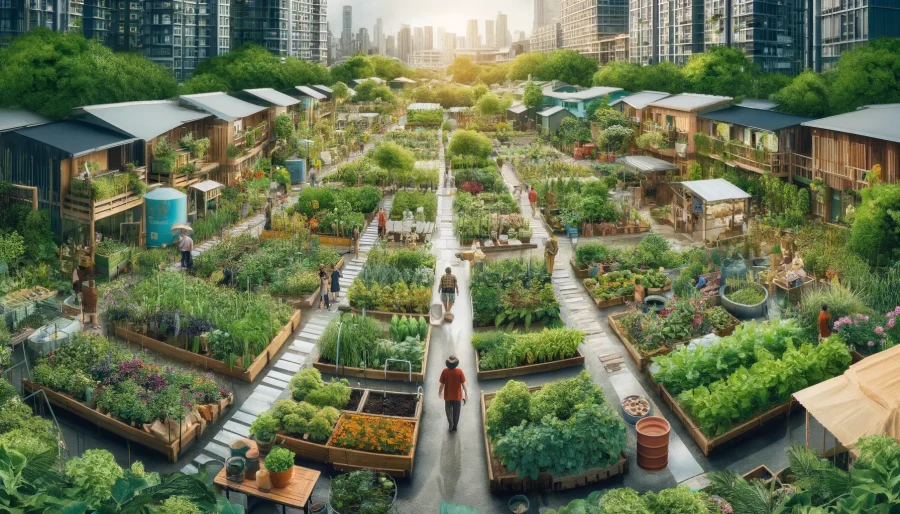
Environmental Benefits
Howdy, folks! Let’s dig into how sustainable community gardens do more than just spruce up the neighborhood.
They’re powerhouses in making our urban spaces greener and our air fresher.
- Reducing Food Miles: Imagine cutting down on all those trucks hauling veggies across the country. By growing our food right in our neighborhoods, these gardens slash emissions and shrink our carbon footprint big time.
- Boosting Biodiversity: These gardens aren’t just for veggies; they’re a haven for critters too! By planting a mix of plants and creating little wildlife corners, we’re building homes for bees, birds, and butterflies right in our backyards.
Social and Community Benefits
Community gardens do a whole lot to stitch folks together and make our neighborhoods safer and more vibrant:
Tight-Knit Communities:
When we garden together, we grow together—literally! These shared spaces help forge strong bonds among neighbors, making our communities tighter and safer.
- Learning and Laughing Together: From little kids to our wise elders, everyone’s got something to learn and share in a garden. These spots offer hands-on learning about nature and sustainability, way beyond what you can get from a book.
- A Helping Hand: Community gardens are great for giving everyone a chance to shine, especially those from marginalized groups. They’re places where everyone has a voice and can lead, learn, and grow.
Health Benefits
Now, let’s talk about the personal perks. Gardening’s not just good for the planet—it’s great for our health too!
- Mind Your Health: Ever noticed how a bit of time with your hands in the soil makes your worries melt away? Gardening is a proven stress-buster that can brighten your mood and clear your mind.
- Fresh and Nutritious: Nothing beats the taste—or the nutritional punch—of freshly picked produce. Community gardens offer heaps of fresh fruits and veggies that are as good for you as they taste.
- Stay Active: Gardening gets you moving and grooving. It’s a gentle way to stretch and strengthen those muscles, and hey, it’s a lot more fun than hitting the treadmill, right?
All in all, sustainable community gardens are about way more than plants.
They’re about creating healthier, happier communities.
Whether it’s through lending a hand in the garden or reaping the harvest, every bit helps sow the seeds for a greener future.
Let’s keep our communities growing strong—garden style!
Section 3: How to Make a Community Garden Sustainable

Sustainable Gardening Practices
Alright, let’s roll up our sleeves and get into the nitty-gritty of making our community gardens sustainable. It’s all about smarter, not harder, gardening:
- Composting and Waste Management: Got scraps? Let’s turn ’em into gold! Composting is a fantastic way to reduce waste and enrich our soil without using chemical fertilizers. It’s like recycling, but for food waste, turning yesterday’s scraps into today’s nutrients.
- Native and Low-Maintenance Plants: Why wrestle with plants that don’t play nice with our local climate? Planting native species is a win-win. They require less water, fewer fertilizers, and they’re a big help to local wildlife.
- Water Conservation Techniques: Every drop counts, especially in our gardens. Techniques like rainwater collection systems can save that precious rainwater. Let’s use it to water our plants and keep our gardens lush without tapping more resources than we need.
Community Involvement and Education
No gardener is an island. It takes a village to raise a garden:
- Training on Sustainable Practices: Knowledge is power, folks! Training our gardeners in sustainable practices not only helps our gardens flourish but also empowers everyone with the skills to garden responsibly at home.
- Workshops and Community Events: Let’s get everyone in on the action with workshops and events focused on sustainability. It’s a great way to spread the green gospel, teaching our community why sustainable gardening matters and how to do it right.
Formal Management and Leadership
Keeping our gardens green and our community engaged needs a bit of good ol’ fashioned organization:
- Structured Management Approach: A little structure goes a long way. Having clear roles, responsibilities, and rules helps everyone know what’s what and who’s who, which keeps things running smoothly.
- Developing Leadership Skills: Leaders grow here too! By fostering leadership skills among our community members, we ensure that our garden has a steady hand guiding it today and fresh ideas to keep it vibrant tomorrow.
- Enforcing Sustainable Guidelines: It’s not just about setting rules; it’s about living by them. Having guidelines on sustainability and making sure they’re followed helps keep our garden true to its mission of being a sustainable sanctuary.
By weaving together these practices, we not only nurture our plants but also fortify our community.
It’s about growing food, friendships, and the future, all in our backyard!
So, let’s keep those garden tools handy and our green thumbs greener.
Section 4: Case Studies and Examples
Successful Examples of Sustainable Community Gardens
Ever wonder what success looks like in the world of community gardens? Let me paint you a picture with a couple of real-world examples that are doin’ it right:
- Historic Bethabara Park, North Carolina: This isn’t just any old garden; it’s the oldest community garden in the U.S., kickin’ since 1759! What makes Bethabara so special? It’s a piece of living history, showcasing heritage plants and sustainable gardening techniques passed down through generations. This garden isn’t just about growing food; it’s about preserving history and educating folks on sustainable practices.
- 462 Halsey Community Garden, Brooklyn, NY: Jump on over to Brooklyn, and you’ll find a bustling community garden that’s turned a once vacant lot into a thriving green space. This garden is all about community-driven sustainability, featuring raised beds for veggies and flowers, composting systems, and even chicken coops. It’s a prime example of how urban communities can transform space into something beautiful and productive.
Innovative Practices in Community Gardens
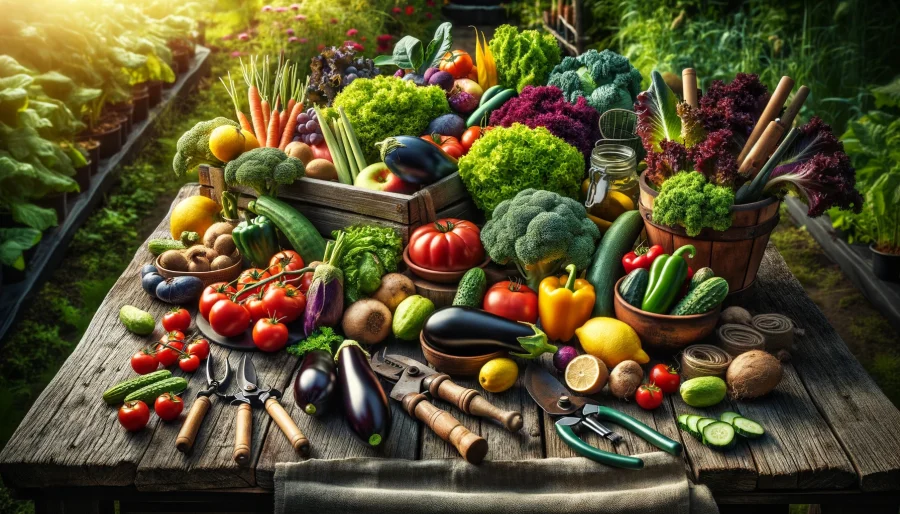
Now, let’s talk about some clever tricks these gardens are usin’ to stay green and sustainable:
- Use of Recycled Materials for Garden Infrastructure: Many gardens are gettin’ crafty by using recycled materials for building raised beds, benches, and even pathways. This not only reduces waste but also lowers the environmental impact and cost of garden construction.
- Implementation of Solar-Powered Irrigation Systems: With all the tech today, why not use it to save some water? Some gardens are now using solar-powered systems to irrigate their plants. This means less water waste and a happy garden, all powered by the sun!
These examples and innovations show us that sustainable community gardens are more than just food producers; they’re community builders and leaders in conservation.
They teach us that with a little creativity and community effort, we can make our urban spaces greener and our world a bit brighter.
So, let’s keep sharing ideas and growing together!
Section 5: Challenges and Solutions
Common Challenges
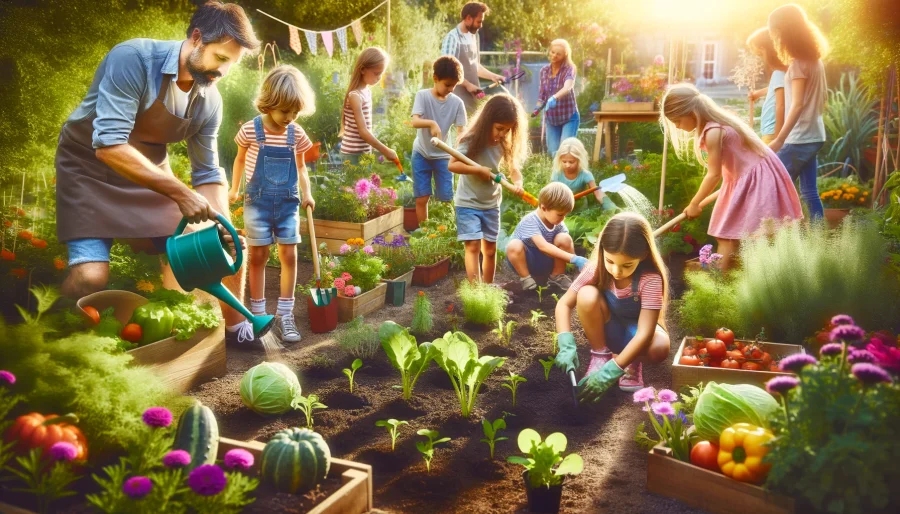
Alright, let’s lay it out straight—running a community garden ain’t always a walk in the park. Here are a couple of the pesky hurdles we often come across:
- Soil Contamination and Land Acquisition: It’s tough, y’all. Sometimes the land we get ain’t in the best shape, or it’s hard to get our hands on some to begin with. Contaminated soil can be a real headache, making it unsafe for growing food until it’s cleaned up.
- Maintaining Volunteer Engagement and Managing Resources: Keeping folks motivated and the resources flowing can be like herding cats. Volunteers might start off strong, but interest can wane, and sometimes it feels like there’s just never enough mulch to go around.
Effective Solutions
Now, don’t fret—where there’s a will, there’s a way, and here’s how we tackle these challenges:
- Securing Grants and Funding: Money talks, and it also buys compost and seeds. Securing grants and other funding can give us the financial boost needed to tackle big projects, like soil remediation or buying that perfect plot of land. It’s about knowing where to look and how to ask.
- Building Strong Community Networks and Partnerships: We’re all in this together, right? Forming strong partnerships with local businesses, schools, and other organizations can lead to a steady flow of resources and volunteers. It’s all about building relationships and showing the community the value of what we’re doing.
Each challenge gives us a chance to grow stronger, and with the right strategies, we can turn those garden troubles into triumphs. Let’s keep our spirits high and our gardens flourishing!
Sustainable Community Gardens FAQs
Howdy, y’all! Let’s plow through some frequently asked questions about sustainable community gardens.
Whether you’re a seasoned gardener or just starting to get your hands dirty, I reckon these answers will help you understand what makes these gardens so special
Q: What is a Sustainable Community Garden?
A: It’s a garden that meets the community’s food needs without shortchanging future generations. We’re all about nurturing today and tomorrow.
Q: How do you make a garden sustainable?
A: Start with organic practices, conserve water, and involve the community in learning and applying these sustainable methods.
Q: What is sustainability gardening?
A: This approach to gardening emphasizes environmental health, economic sense, and social equity, making sure our gardening efforts are good for the earth and our neighbors.
Q: Do community gardens help the environment?
A: You bet—they increase biodiversity, cut down on food transport emissions, and turn urban spaces green.
Q: What are the cons of a community garden?
A: Some challenges include dealing with soil contamination, managing resources, and keeping volunteers motivated and active.
Q: How is community gardening more sustainable?
A: By embracing organic methods, managing the ecosystem thoughtfully, and educating the community, we make our gardening efforts sustainable and impactful.
Q: What is the goal of a community garden?
A: To provide fresh produce, strengthen community bonds, and enhance environmental sustainability—it’s all about growing food and fostering community.
Q: How to improve community gardens?
A: Involve more community members, secure funding for sustainability projects, and keep refining our gardening practices.
Q: How do community gardens help climate change?
A: By reducing our carbon footprint through local food production and encouraging sustainable living practices, we’re making a real difference.
There you have it, partners! Armed with this knowledge, you’re all set to grow your community garden into a sustainable, flourishing green space that benefits everyone.
Let’s keep those garden tools ready and our spirits high!
Sustainable Community Gardens Conclusion
Well, howdy there! We’ve dug deep into the roots of sustainable community gardens, and I reckon we’ve unearthed some pretty nifty insights.
Let’s wrap this up with a little recap and a nudge to get your hands dirty in the best way possible.
The Importance of Sustainable Community Gardens
Sustainable community gardens do more than just fill our baskets with fresh veggies—they rejuvenate our souls, connect us with our neighbors, and teach us a heap about caring for our planet.
These gardens are living classrooms where every plant, every butterfly, and every handful of soil has a story to tell about sustainability.
Read our article: Community Gardens Benefits: How To Start a Community Garden
Get Involved!
Now, I’m calling on you, yes you! Whether you’ve got green thumbs or not, there’s a place for you in the world of community gardening.
Here’s how you can get involved:
- Start Your Own: No plot of land is too small to start something green. All you need is a bit of space and the will to make it flourish.
- Join the Movement: Jump into a local community garden. It’s a fantastic way to meet folks who share your passion for green living.
Key Takeaways
Let’s break it down to some simple points you can take with you:
- Eco-Friendly Practices: Sustainable gardens help reduce our ecological footprint, making our cities cleaner and greener.
- Community Building: These gardens are about growing plants and fostering strong community ties.
- Education and Empowerment: They’re powerful platforms for learning about sustainable living and empowering residents to take an active role in their environment.
- Health Benefits: Gardening is not just good for the earth; it’s great for our mental and physical health.
Whether you’re aiming to enhance your culinary creations with home-grown herbs or hoping to transform your community one plant at a time, sustainable community gardens offer a great way to add more green to your life.
So, what are you waiting for? Let’s get gardening and keep our communities lush and thriving.
Remember, every small step towards sustainability is a leap towards a healthier planet. Y’all keep it green now, and see you in the garden!
References: Digging Deeper into Sustainable Gardening
Well, folks, if you’re itching to learn more about sustainable community gardens, I’ve got just the stack of resources for ya.
These are the spots where I pulled all that good info we talked about.
They’re top-notch and full of insights, so don’t be shy—give ’em a look!
- Historic Bethabara Park
Dive deeper into the oldest community garden in the U.S. with educational resources from their official site. Visit Historic Bethabara Park - 462 Halsey Community Garden
Learn more about this vibrant community garden in Brooklyn, NY, from their community-focused publications. Explore 462 Halsey Community Garden - University of Illinois Extension
Check out their comprehensive guide on starting and maintaining community gardens, with a strong emphasis on sustainability. University of Illinois Extension – Community Gardens - NC State Extension
Delve into detailed articles about sustainable practices in community gardening from North Carolina State University’s extension service. NC State Extension – Community Gardens
These sources are perfect for those looking to get serious about gardening sustainably or just wanting to learn more about how community gardens can impact our world positively.
So, don your gardening gloves, grab a cup of coffee, and start exploring these educational treasures!
Related Content
Visit my Amazon Influencer Page for videos and gardening products Grow Your Own Garden

